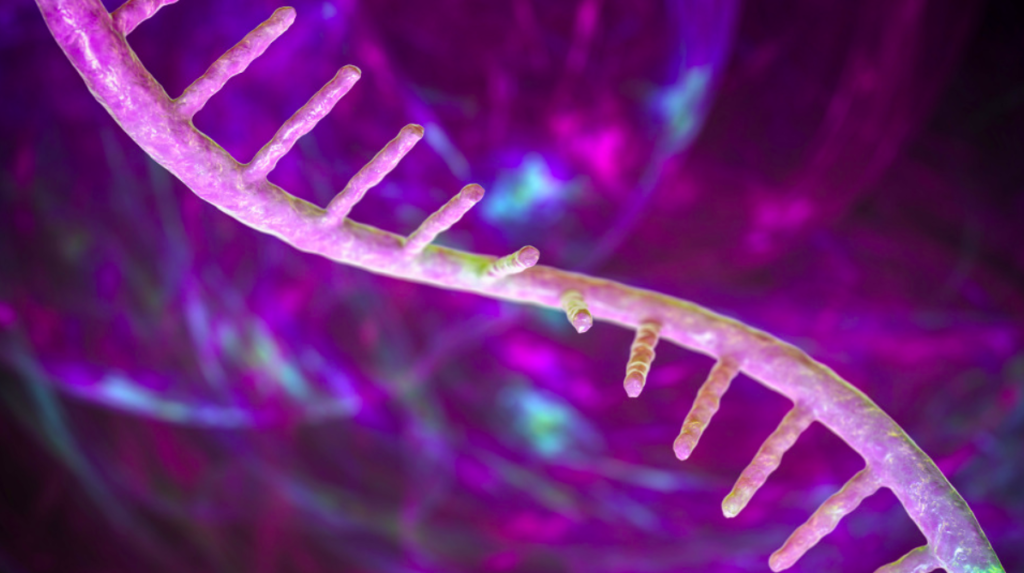

The 2023 Nobel Prizes have been revealed, and it’s likely that one of them has greatly influenced your life. For their innovation on the messenger RNA (mRNA) vaccination technology, Katalin Karikó and Drew Weissman have been granted the 2023 Prize in Physiology or Medicine by the school. Early in the epidemic, their study allowed international health authorities to distribute COVID-19 vaccinations. The two researchers’ study “fundamentally changed” our understanding of mRNA and the immune system, according to the panel.
Usually, vaccinations provide a pathogen in weakened or dead form so that the immune system can absorb it, but occasionally, they only include a small portion of the bacteria or virus. When the immune system recognizes this “antigen,” it can produce antibodies that more successfully combat the actual infection.
Finding and creating a proper form of the organism takes time; as the epidemic was spreading, some medical professionals were concerned that years may pass before the first COVID-19 vaccinations were available. Nevertheless, since the initial publication of Karikó and Weissman’s work in 2005, the field of mRNA vaccinations has been quietly advancing. This made it possible for Pfizer-BioNTech and Moderna to launch the first vaccinations by the end of 2020.
mRNA-based vaccines use the body’s cellular machinery to produce fragments of the pathogen. DNA in the nucleus is the first material your cells use to produce proteins when necessary. After being translated into mRNA, DNA is exported to the region that lies between the outer membrane and the nucleus. The cellular organelles known as ribosomes use this template to read and create strands of amino acids that eventually fold into proteins.
Since viruses and bacteria share the same building blocks, Karikó and Weissman surmised that mRNA might be administered in place of a bacterial or viral component. The benefit of this is a substantially shorter development cycle, as demonstrated by COVID-19. Base-modified mRNA was found by Karikó and Weissman to decrease inflammatory signals and boost mRNA absorption.
The Nobel committee declared that “MRNA vaccines, along with other COVID-19 vaccines, have been administered over 13 billion times.” “Together they have saved millions of lives, prevented severe COVID-19, reduced the overall disease burden, and enabled societies to open up again.”
How to get the mRNA into cells was a significant barrier that had nothing to do with the work that the Nobel committee had recently acknowledged. The majority of external elements are shielded from cells by their membrane. Lipid nanoparticles (LNPs), which are essentially tiny fat bubbles capable of carrying mRNA strands, were the key. These particles combine with the lipid bilayer that envelops the cells, releasing their contents so that the mRNA can be processed by the cell.
Although anti-vaccine attitudes are not new, COVID-19During the pandemic, conspiracy theories and denial reached a fever pitch. Some people continue to argue that the vaccine is dangerous even after billions of doses have been given. Members of the Nobel committee expressed optimism on Monday that acknowledging Karikó and Weissman for their contributions could help combat vaccination skepticism.